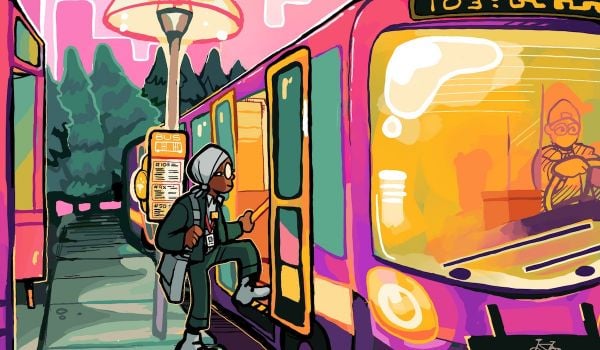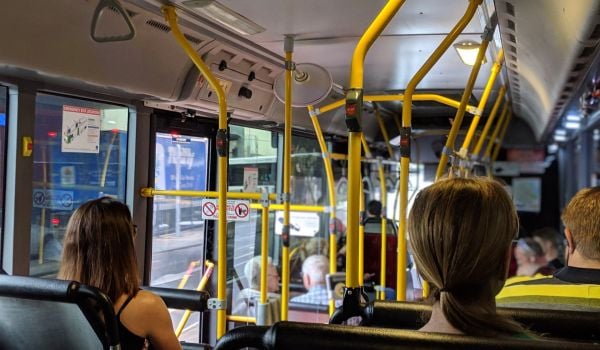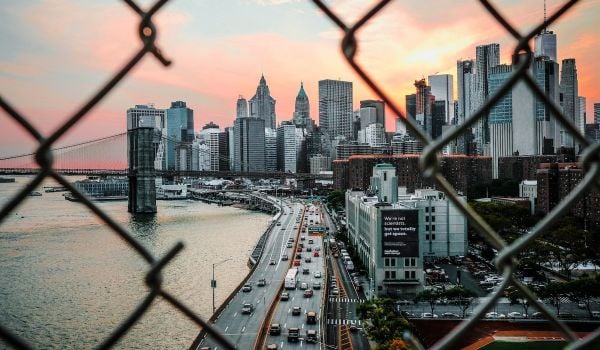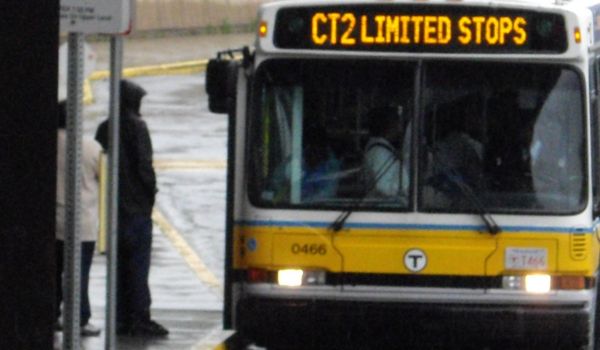I just knew that working at the White Dog would pay off.
Granted, eight hours in the kitchen is sweaty, unglamorous work, but the monotony is often interrupted by vibrant anecdotes and rabble-rousing by my fellow scullery maids. And what’s more, when they learned I moonlighted at a magazine, many jumped at the opportunity to share their dissatisfaction with/undying love for Philadelphia. DING, inside scoops. After hearing the dishwasher talk bitterly about the “promised subway stop” in West Philly that never came, I started thinking about the connection between public transportation, violence/crime, and that postmodern urban malady: mass isolation.
I’m slightly cynical about urban public transportation, and with good reason. I just moved from Washington DC, where it took 25 years (PDF) from the time the Metro was conceived to the point where it began to service the city’s poorer neighborhoods, including Anacostia and Columbia Heights. While the rest of the city was experiencing an economic renaissance, these, and other neighborhoods, continued to languish in poverty. It was only after the gentrification process commenced that Metro considered the possibility of adding extra stops.
Back to Philly. My SEPTA research concluded that a new subway stop is not in the works for the western region of the city. What I did find out, however, is that a five-year construction project along the Market El in West Philly has detrimentally affected the neighborhood, stranding many of its residents and creating an ideal situation for drug-dealing and crime.
In May, the Philadelphia Daily News suggested that “SEPTA owes something extra to a neighborhood where local commerce has been devastated by a five-year shutdown for its Market-Frankford El reconstruction. SEPTA is spending a half-billion dollars along Market Street, virtually none of it going to local people. Meanwhile, their streets grow darker and more dangerous as stores close, street lights get moved and auto traffic gets diverted”. Christopher Ahearn also chronicled the construction-related crime in the 34th St. magazine. He writes that “the area has become a local hotbed for drug dealers [and with] SEPTA’s construction has come shuttered storefronts and heavy pedestrian traffic – both combining to create the perfect conditions for narcotics trafficking.” How’s that for “improvement”?
The 52nd St. station has reopened since both articles were published, but the 46th St. stop will be closed until next June. At a time when the city is experiencing near-record levels of violence, it seems strange to cut residents off from transportation without taking responsibility for/addressing their needs. What do people do when they’re physically and economically stuck? Oh, I can think of a few things…
Also, it’s important to keep it mind that “improvements” along the Market El must be seen as a symptom of, if not a reaction to, the gentrification that is currently engulfing West Philadelphia. And furthermore, we should ask ourselves what it means to live in a city that’s so dysfunctional, long-term residents don’t even know to which project gone awry they should trace the dysfunction.















